This emergence of young Romanian cinema since 2000 remains one of the most exciting revelations of recent years. This is all the more so in that, far from being a mere flash in the pan, this sense of discovery has never subsequently been disappointed, to the extent that today Romanian cinema is more than ever a sure bet on the international festival circuit. This spectacular renaissance began without much fanfare: the first two films in the “Romanian New Wave”, at least as far as foreign viewers were concerned, were Cristi Puiu’s Marfa si banii (Stuff and Dough) (2001) and Christian Mungiu’s Occident (2002). It is interesting to note that these two films, despite being screened at the Cannes Festival (in the Directors’ Fortnight, the very section where it all began) were not even distributed in France, and were hardly commented upon by French film journalists, which proves French critics’ and distributors’ total disdain for Romanian cinema at the time. Three years later, the situation changed radically with the explosive arrival, once again at Cannes, but in the section Un Certain Regard, of Cristi Puiu’s Moartea domnului Lazarescu (The Death of Mr. Lazarescu), which garnered great international critical acclaim, was recognised as one of the most important films of the decade, and put an entire national cinema on the world cinema map. The reason for this success lies in the novel-like density, ambition and formal power of a film that neither plays to the gallery nor shows off its aesthetic, but rather burrows into the soul and belly of a country (the hospital metaphor is no accident) to seek out a truth that is both Romanian and yet universal. The Argentine critic Quintin, a member of the Un certain regard jury that had awarded its prize to Puiu’s film in 2005, rightly compared Puiu to Balzac in his aim to offer an X-ray of Romania through the death throes of an ordinary old man, and all the people he meets on his frequent trips to the hospital. A real “Human Comedy” in miniature. The length (150 minutes) and the mise en scène (a predilection for long shots, hyperrealism and real time) established what has been – and remains to date? – the aesthetic norms of New Romanian cinema.
This inaugural masterpiece, rather than remaining a brilliant but freak exception in a bleak national cinema, was to generate a rapid and regular proliferation of extremely impressive films made by directors younger than or of the same generation as Puiu (born in 1967), who all knew each other, often came from similar backgrounds, and had studied at the same place in Bucharest. This generational, sociological and geographical connection clearly encouraged external observers to talk about a “new wave”, but unlike the French model, these filmmakers never made any claims to being a group, or a collective movement, but were rather the flowering, in the same place and time, of strongly individualistic artists whose films seem to have a family resemblance since they draw on the same extraordinarily fecund historical, social and cultural roots. One can often gauge the greatness of a national cinema – or rather, the works of filmmakers from one particular country – by the yardstick of the complexity, potency, and violence of its contemporary history and cultural heritage. As far as Romania is concerned, it is clear that all these factors were in place to bring about the renaissance of a national cinema that had had its first golden age in the person of a single filmmaker, Lucian Pintile, who, from Reconstituirea (Reconstruction, 1968) onwards, was the sole representative of Romanian cinema, its foreign ambassador, producing a body of work that was critical, lucid and courageous. His films’ solid rootedness in the country’s socio-political and historical reality allows us to see him as a tutelary figure for the new generation.
It was to be almost another twenty years before Ceaușescu’s regime, the Romanian revolution and the dictator’s fall, an endless source of trauma, and constitutive as well as anecdotal stories, was to inspire two foundational films of the young Romanian cinema: Corneliu Porumboiu’s A fost sau n-a fost? (12:08 East of Bucharest) in 2006 and Cristian Mungiu’s 4 luni, 3 saptamâni si 2 zile (4 Months, 3 Weeks & 2 Days) in 2007. It was also with these two films that my personal encounter with Romanian cinema began, when I was running the Directors’ Fortnight section at Cannes. Corneliu Porumboiu’s first feature was one of the finest discoveries I ever made for that independent Cannes festival section. I remember that during the pre-Festival selection screenings, the film had already been twice rejected by one of the members of my selection committee. It was down to the insistence of the film’s co-producer, Dan Burlac, who asked me to view the film myself, that I had the opportunity to invite it to screen in the Directors’ Fortnight. Watching the film on DVD in my apartment, knowing nothing about it or its director, my girlfriend and I were immediately seduced and surprised by both the film’s humour and its formal qualities, laughing out loud at the situations and hilarious dialogue created by Porumboiu. Contemporary filmmakers who dare to combine comedy with the cinema d’auteur are very rare, and even rarer are those who invent a form of mise en scène, using a kind of formal radicality to comic or humorous effect. Few filmmakers have followed the path marked out by Jacques Tati. With this masterstroke, Corneliu Porumboiu succeeded in adapting an experimental approach (the film plays out in almost exclusively static shots in a single, enclosed space) to deliver a film that is profoundly funny, entertaining and intelligent. A history teacher has organised a local television debate on the occasion of the sixteenth anniversary of the Revolution to find out if his little provincial town had really taken any part in that historic event. The teacher and the two other speakers are fiercely taken to task by an anonymous phone-in caller who provokes consternation by questioning the three men’s version of events, and their far from heroic behaviour at that time. A film about guilty conscience and the hypocrisy of a section of the Romanian population that had idealised the revolution without really taking part in it, A fost sau n-a fost? may well be a cathartic film, made by a director born in 1975, thus very young at the time of the events, which no doubt offered both a privileged observational point and a source of personal memories, but also a critical and ironic distance. However, the film is above all an outstanding comedy: the choice of an austere and minimalist mise en scène, rather than intellectualising and weighing down the film, highlights the work of the uniformly outstanding cast, and creates highly effective comedic effects, to the extent that at times it feels reminiscent of the finest Italian satirical comedy that could make us laugh as it pointed the finger at the foibles of its fellow citizens and the absurdity of certain behaviour, while always engaging directly with the history and society of a particular country.
This highly impressive first film, which had the Directors’ Fortnight audience rolling in the aisles with laughter at its two official screening, quite rightly won the Cannes Festival Caméra d’Or Prize. Corneliu Porumboiu’s talent was confirmed with his second film, Politist, adjectiv (Police, Adjective, 2009), also screened at Cannes (Un Certain Regard) and winner of numerous festival awards. Abandoning the register of pure comedy, Porumboiu managed to make an even more intelligent, ambitious and original film, in the form, rarely employed in film, of a moral fable and philosophical argument, that centres on a young policeman’s moral dilemma. The relentless precision of the mise en scène and the performances coincides with the rigour of the filmmaker’s reflections on issues of legality and conscience. Two films, two major works of contemporary cinema.
A year after winning the Caméra d’Or, Romanian cinema took the Palme d’Or with 4 luni, 3 saptamâni si 2 zile, the second feature from Cristian Mungiu (born in 1968) which synthesised all the formal qualities and subject matter of the earlier major Romanian films: an exploration of a dark period in Romanian history on a human scale (a story of a squalid illegal abortion under the Ceaușescu dictatorship, whose harsh policy to increase the population had led to the suppression of abortion, contraception and divorce); a shooting style that keeps close-up to its characters and a dramatic tension, taut as a bow, that plays out in real time; remarkable, realistic performances from the two main female leads, Anamaria Marinca, Laura Vasiliu). This flagship film was to establish Romanian cinema’s reputation for excellence and rigour all over the world for the next decade and into the present day.
At the Directors’ Fortnight I was able to continue supporting the young Romanian cinema by screening Boogie (Summer Holiday, 2008) by Radu Muntean, a young director who had been discovered at the Locarno Festival in 2006 with his second feature Hîrtia va fi albastrã (The Paper Will Be Blue) and who has subsequently never belied the strength and talent seen in his films, including his last seen to date, Marti, dupa craciun (Tuesday, After Christmas, 2010) which had Bergmanesque ambitions. Following the account of the difficulties of growing up and being a man in Boogie (an excellent film, set in a little spa clinic in Romania, reminiscent of Fellini’s I Vitelloni, Cassavetes’Husbands and the existential and alcoholic ruminations of Hong Sangsoo), Marti, dupa craciun established Muntean as an acute observer of coupledom and male-female relationships, with a magnificent cast (Romania is also a source of young actors who are regularly employed by the directors of interest, such as Gragos Bucur, to mention but one.)
When I left the Directors’ Fortnight to become the Festival del film Locarno’s Artistic Director, my interest in and felicitous experience with Romanian cinema has not waned: far from it. Locarno 2010 was marked by the discovery of two excellent Romanian first films in the international competition, Bogdan George Apetri’s Periferic (Outbound) and Marian Crisan’s Morgen, a humanist fable that uses an absurdist and lyrical humour without ever avoiding the dramatic reality of its subject, the fate of illegal immigrant workers turned back at the border. In 2011, another Romanian film won several prizes at Locarno, Din dragoste cu cele mai bune intentii (Best Intentions) directed by Adrian Sitaru, who had already attracted attention with his first feature, Pescuit sportiv (Angling, 2007).
Today, Romanian cinema may run the risk of repeating and systematising a method or style, although its most outstanding exponents have brilliantly avoided this in their second films, e.g. Porumboiu, who has come up with a new form that suits the ideas and issues he deals with. In Aurora (2010) Cristi Puiu radicalised his filmmaking approach, this time closer to Dostoyevsky than Balzac, which informs the 181 minutes of film, about an ordinary man who turns to murder, but whose motives are obscure, and featuring a performance by Puiu himself. This film, both impressive and disappointing, doubtless marks a point of non-return in our understanding of contemporary Romanian cinema. Let us not forget that Romanian cinema is also capable of producing cinematic UFOs. Anca Damian’s animated film Crulic – drumul spre dincolo (Crulic – The Path to Beyond, 2011, also discovered at Locarno) is a reconstruction of a dramatic real life story with political resonances that uses a multitude of animation techniques to tell the story of the hunger strike and death of a Romanian who was a victim of judicial error in a Polish prison. The use of animation is legitimised by the fact that the film is narrated from beyond the grave by Crulic himself, who reviews his tragic life from the morgue where his corpse lies. I would also like to mention the unique work of André Ujica, without a doubt the greatest documentary filmmaker currently at work, (although such a description of his talent is reductive) who, with Autobiografia lui Nicolae Ceausescu (The Autobiography of Nicolae Ceausescu, 2011), offered an account of the Romanian dictator’s life using nothing but official archival footage to retrace his political career, without a word of commentary. The most recent great Romanian film to date.
This panorama of current Romanian cinema des not claim to be exhaustive or objective, since it consists of films I like and directors I have been able to get to know over the last decade, sometimes by inviting them to festivals, or just by discussing their films with them (Cristi Puiu is the only great Romanian director I have never met). It is simply a reflection of my admiration for a national cinema that never ceases to surprise and impress me with the rigour of its execution, its intelligence and moral dimensions.
New version of a text published in the Romanian magazine AperiTIFF. Thanks to Mihai Chirilov and to Transilvania International Film Festival.
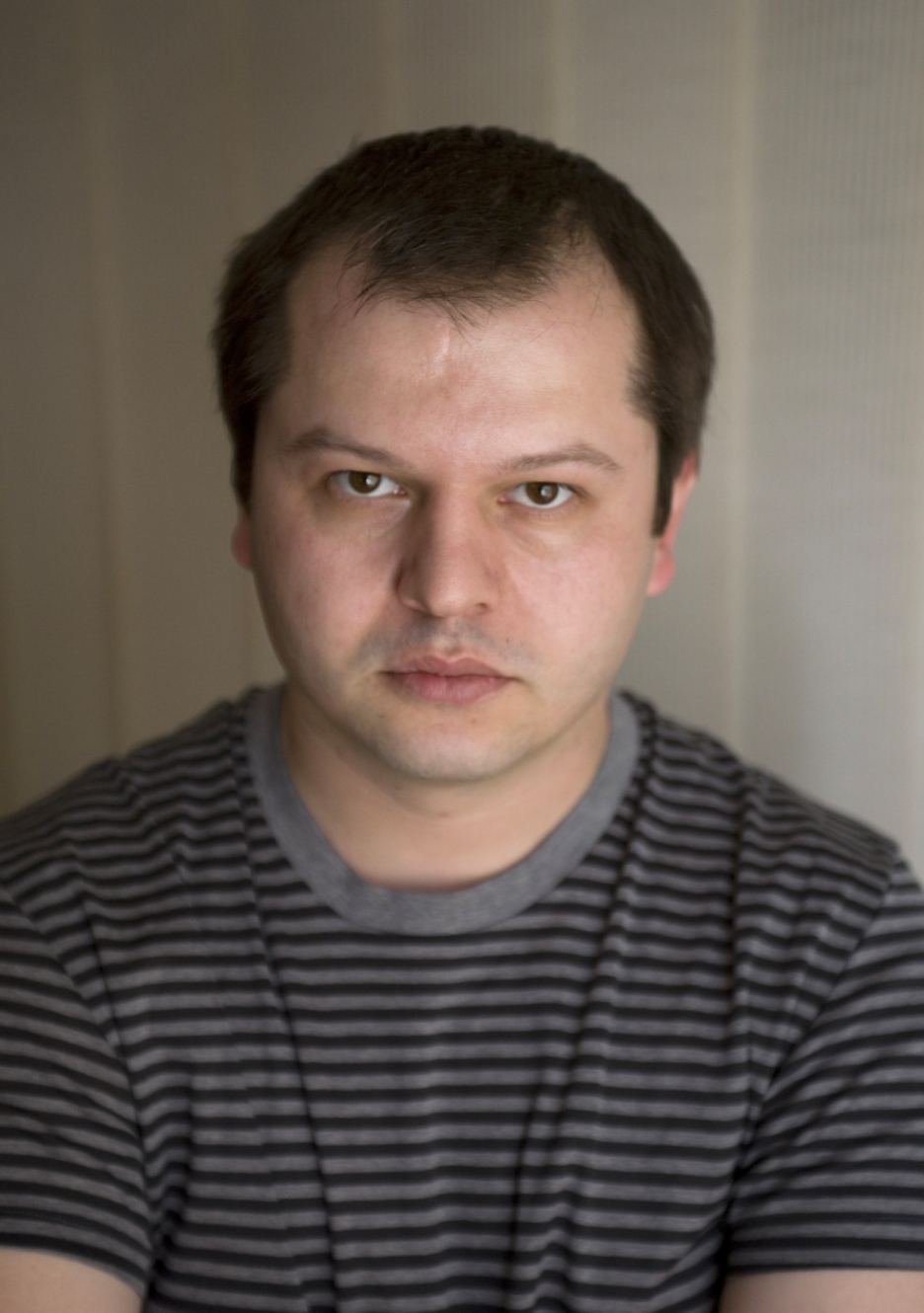
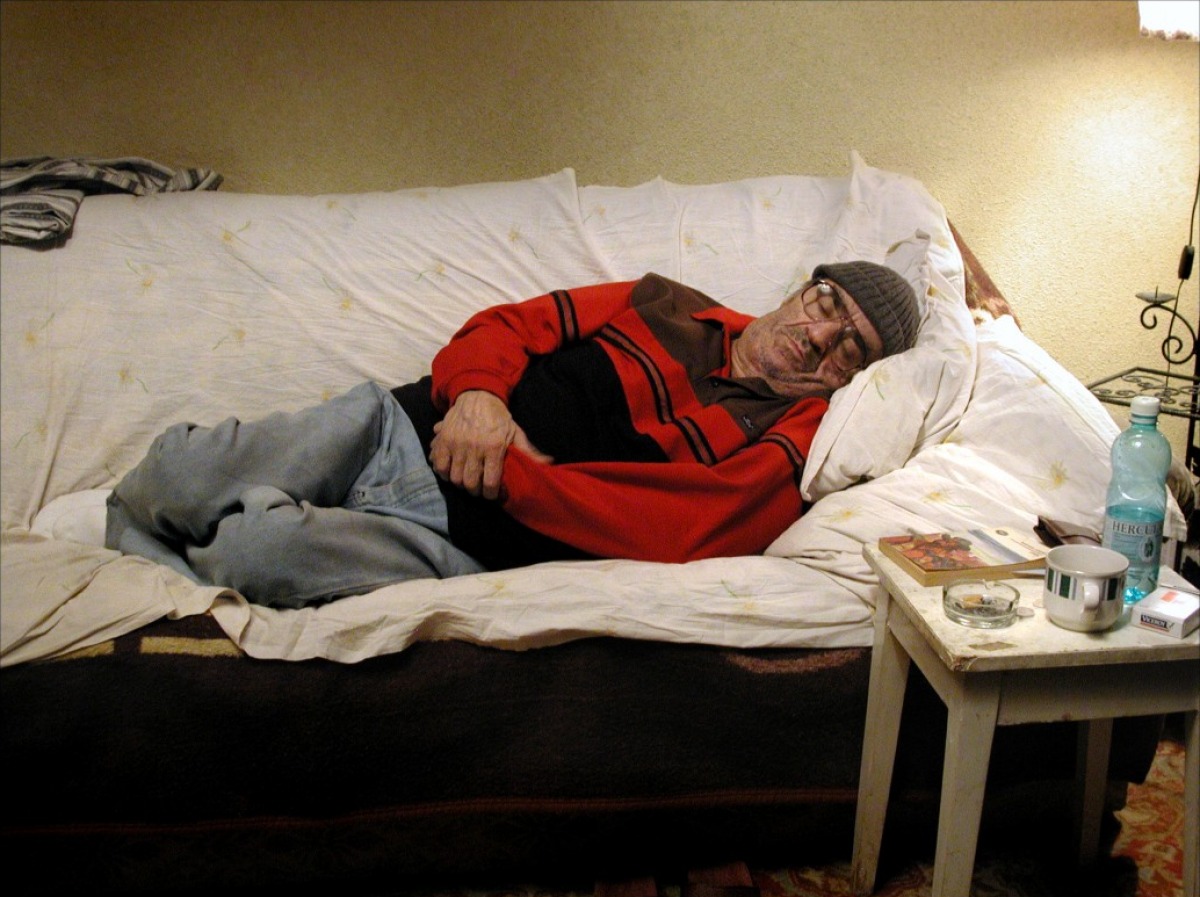
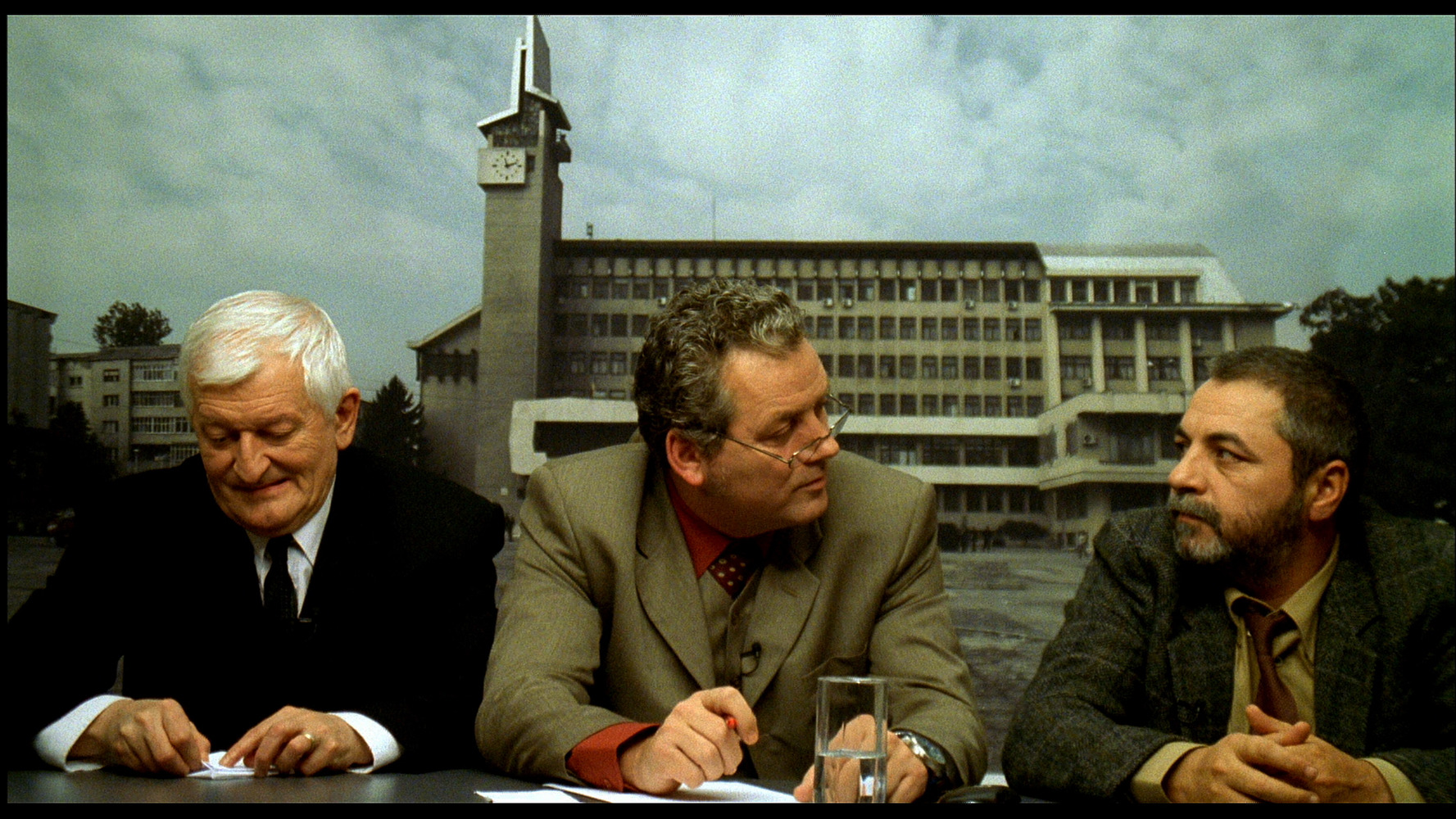
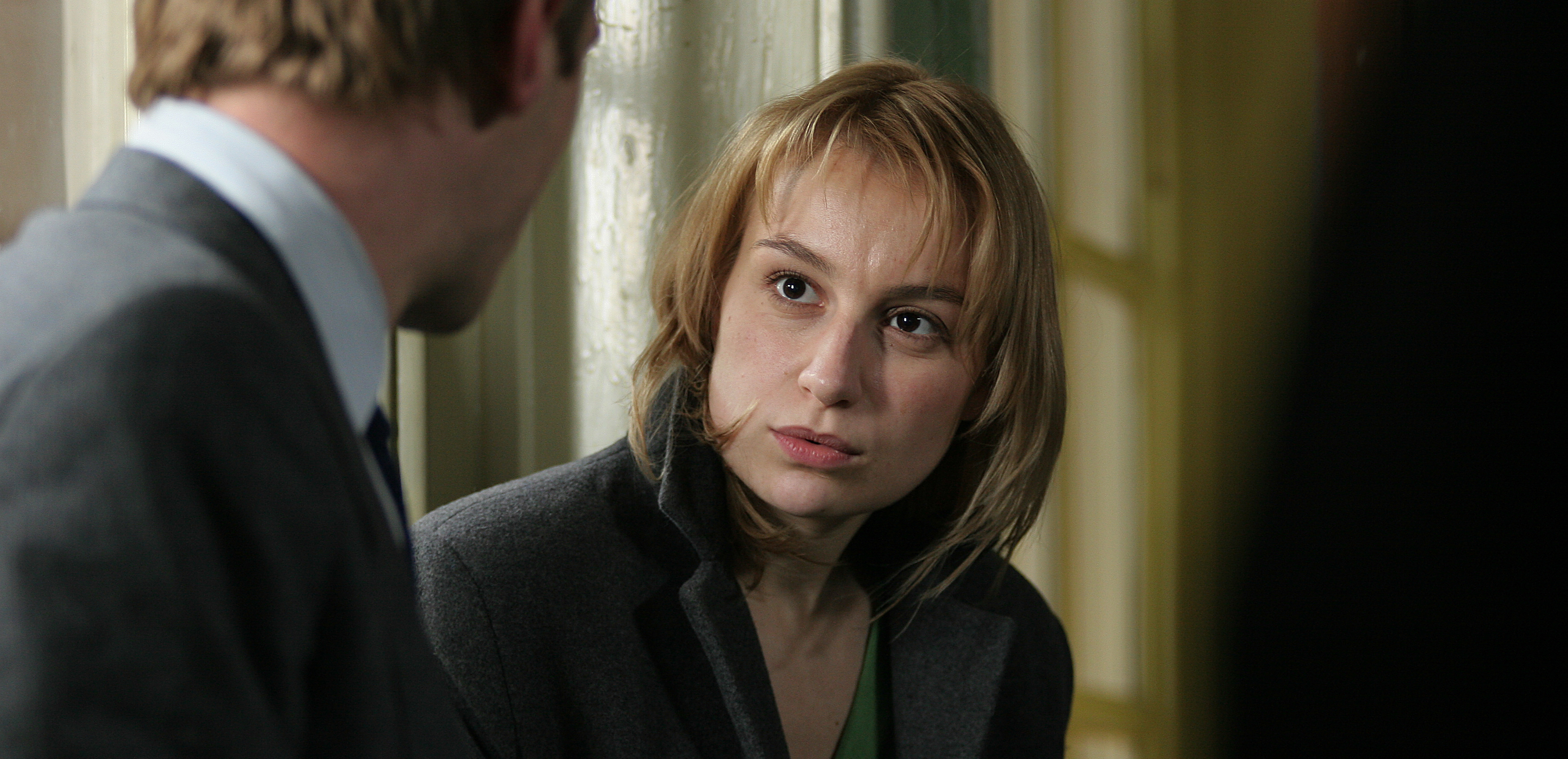
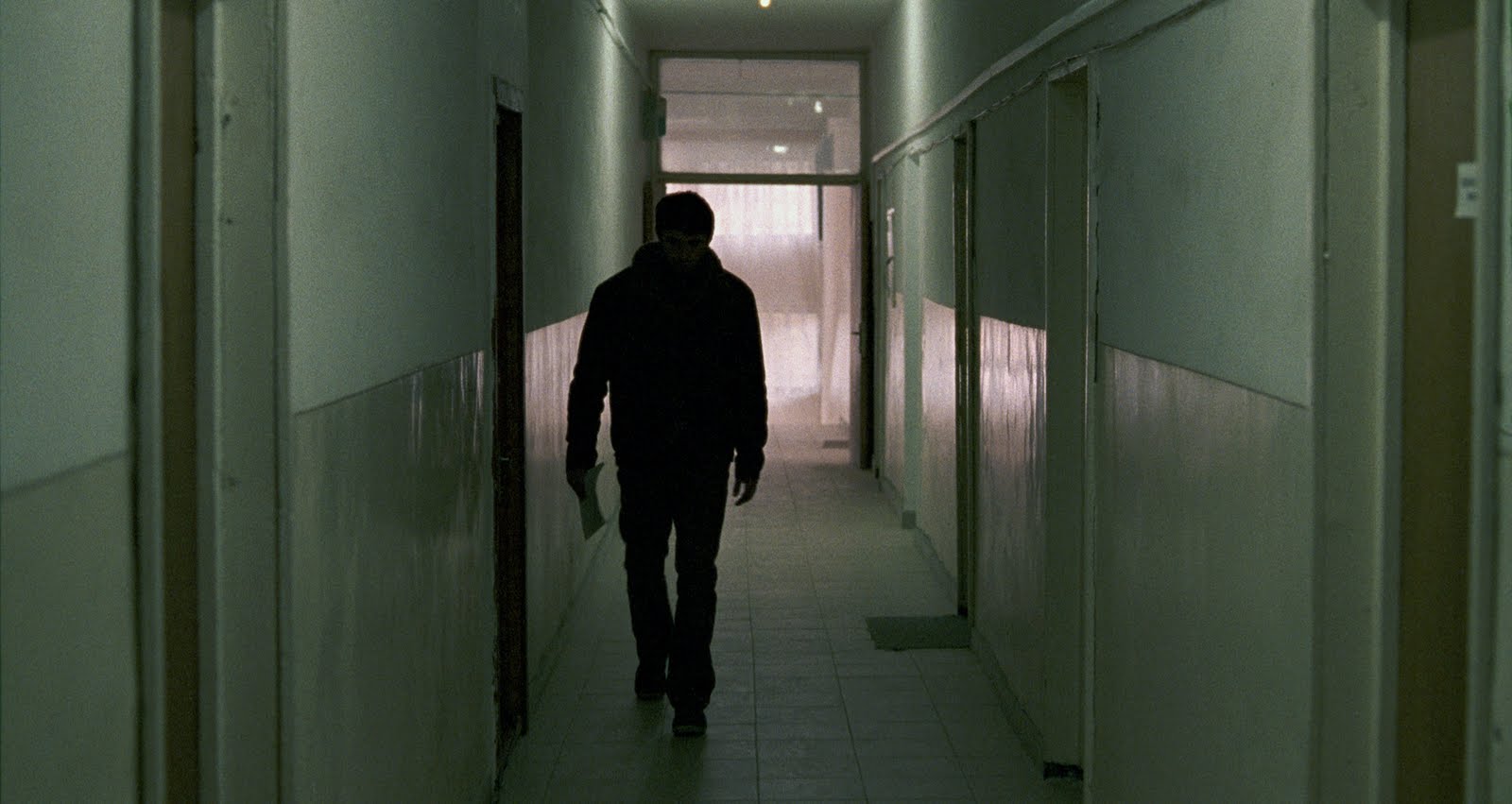
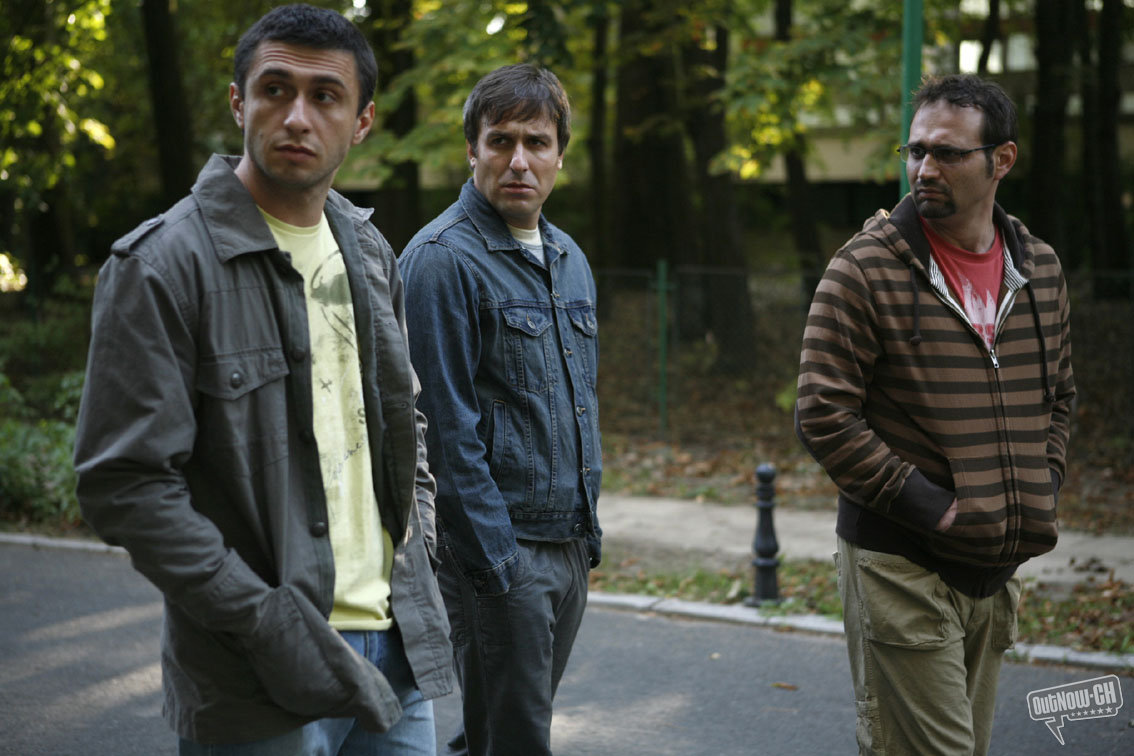
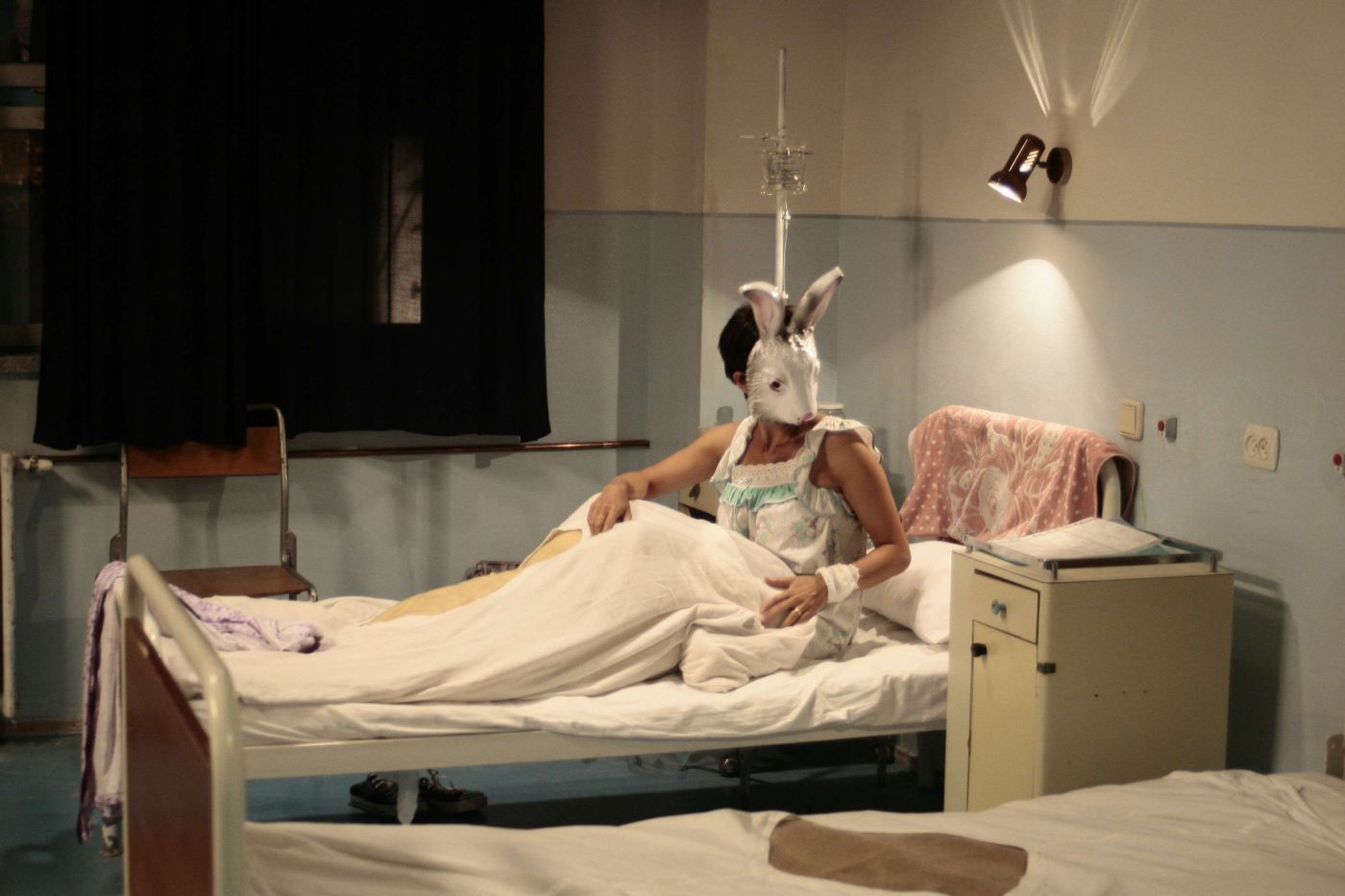
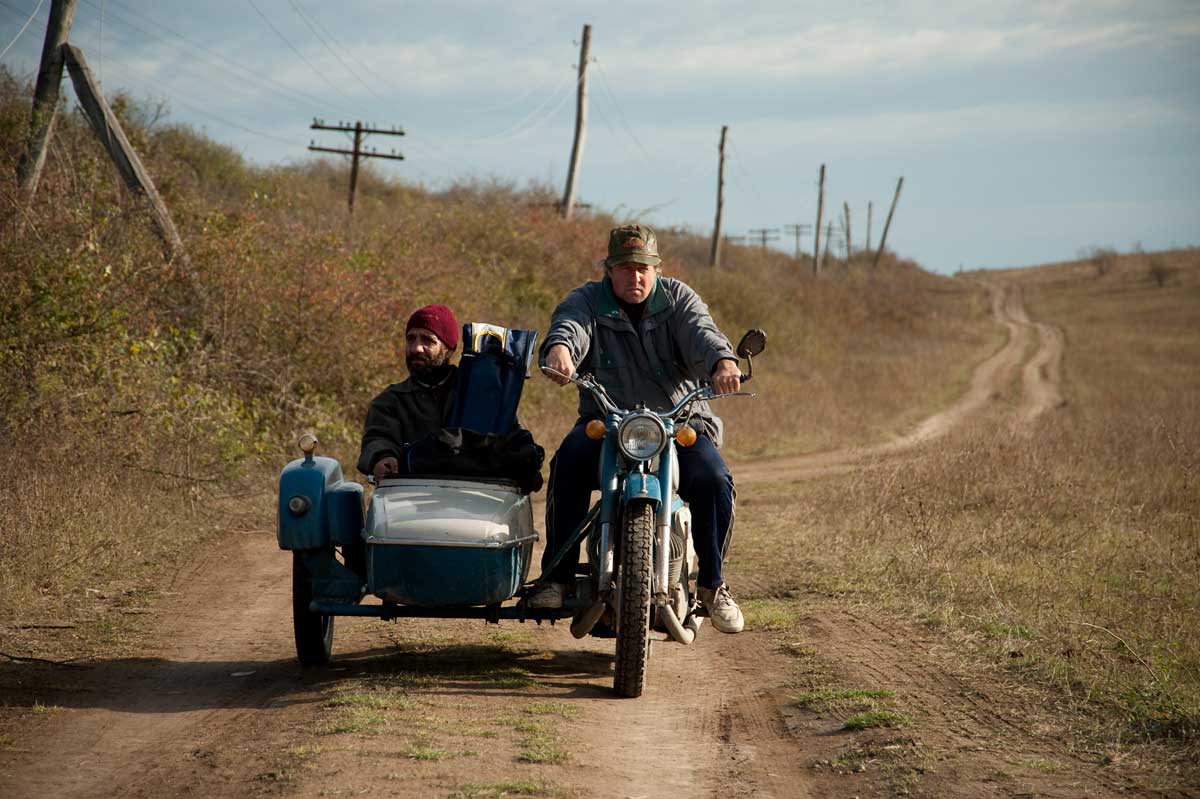

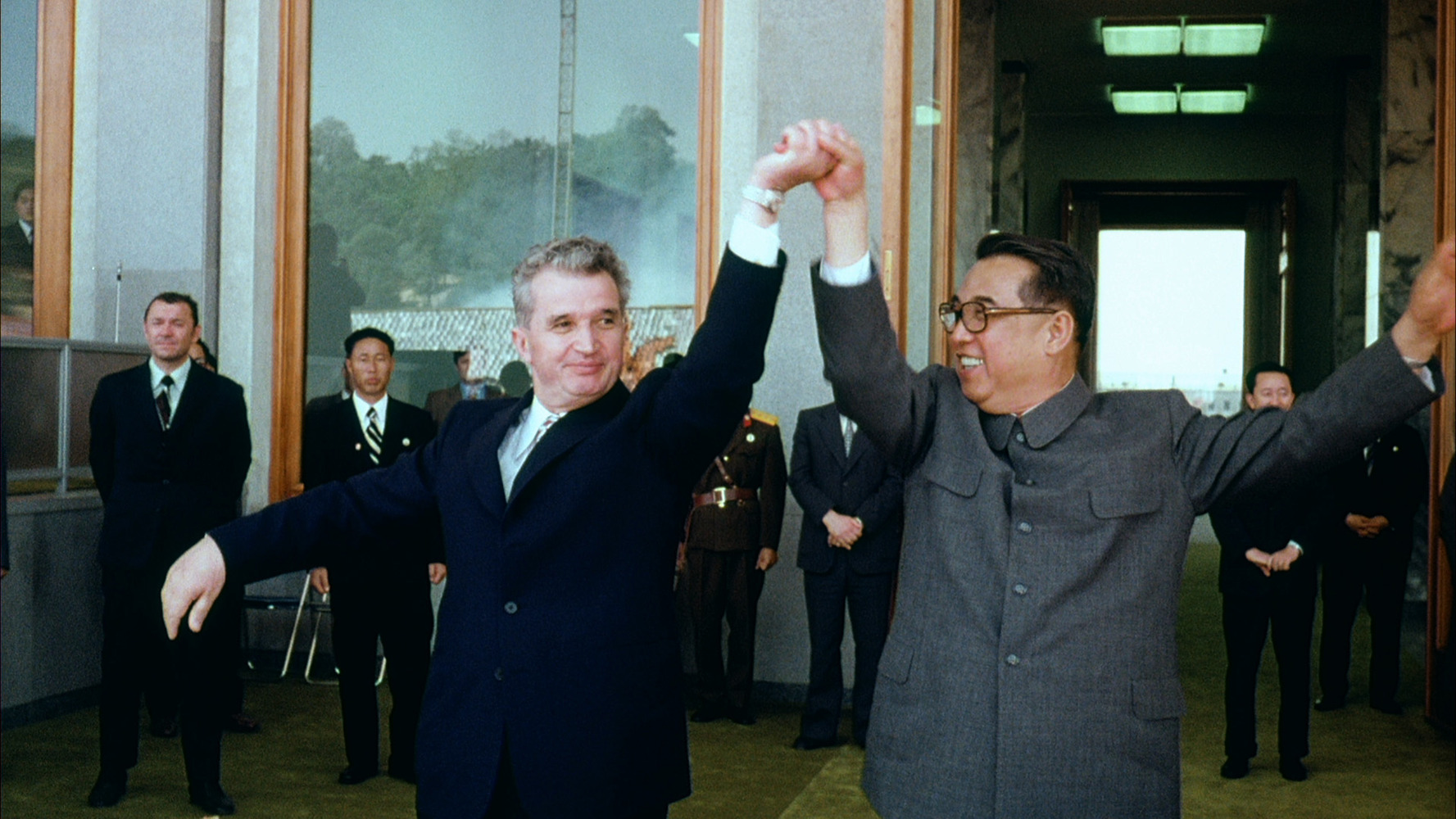
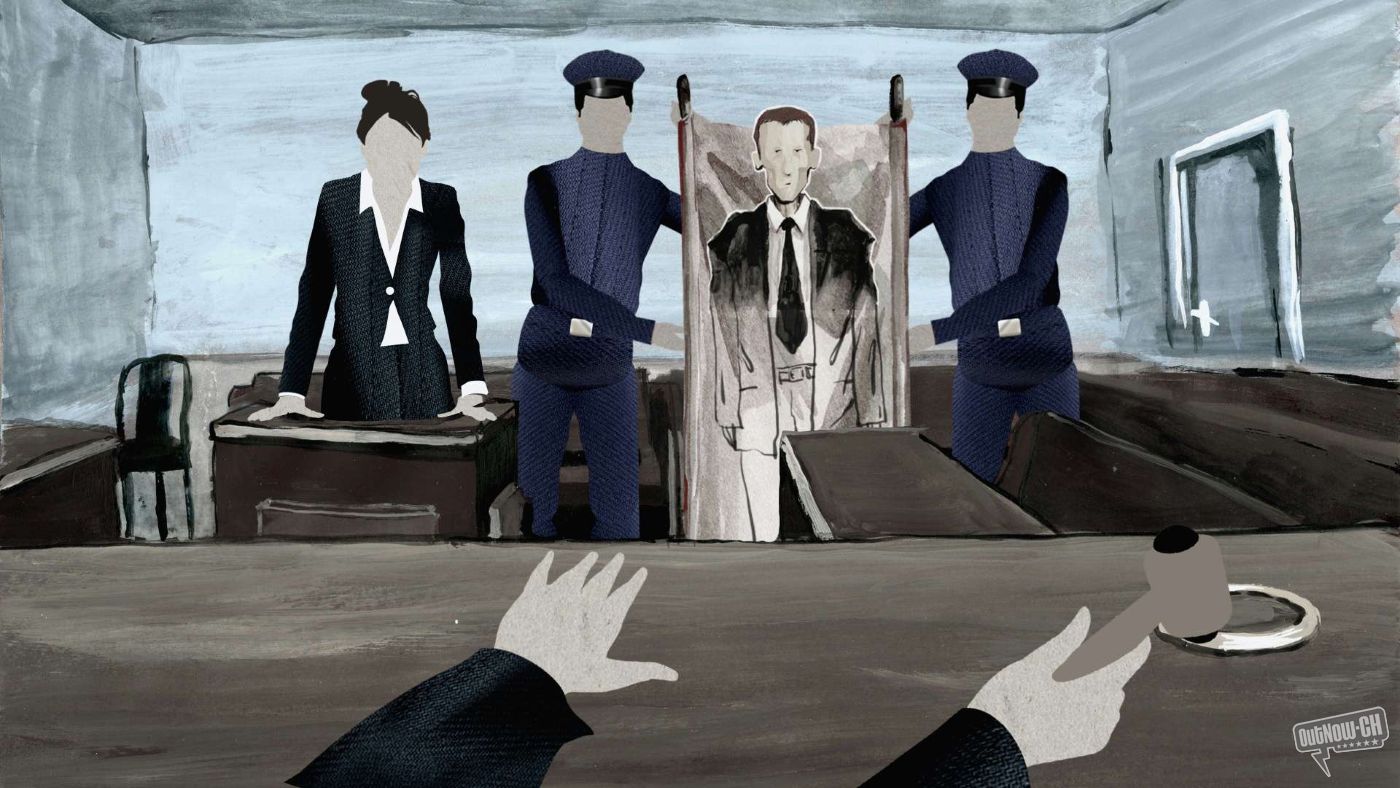


Laisser un commentaire